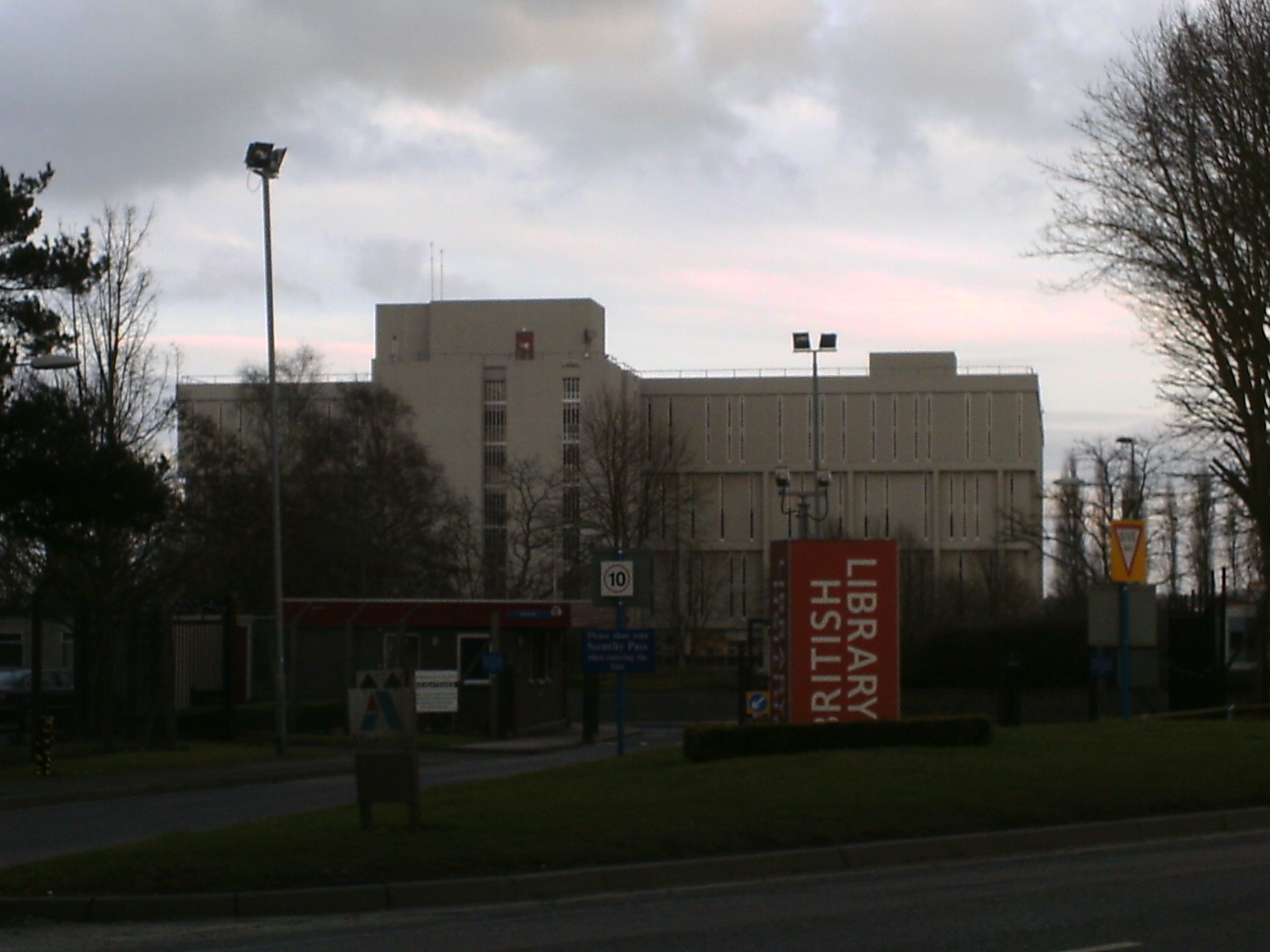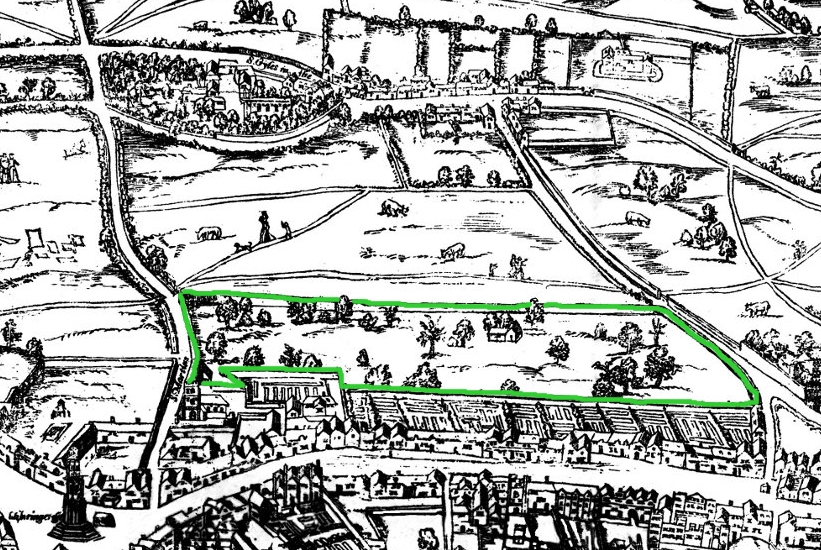|
John Abraham Fisher
John Abraham Fisher (1744 – May or June 1806) was an English violinist and composer. Biography Fisher was born at Dunstable in 1744, the son of Richard Fisher. He was brought up in Lord Tyrawley's house, learning the violin from Thomas Pinto, and his appearance at the King's Theatre (1763), where he played a concerto, was "by permission" of his patron. The following year Fisher was enrolled in the Royal Society of Musicians. He matriculated at Magdalen College, Oxford, 26 June 1777. His indefatigable industry obtained him the degrees of Bac. and Doc. Mus. on 5 July 1777, his oratorio ''Providence'' being performed at the Sheldonian Theatre two days previously. The work was afterwards heard several times in London; but Fisher's name as a composer is more closely connected with theatrical than with sacred music. He became entitled to a sixteenth share of Covent Garden Theatre by his marriage about 1770 with Miss Powell, daughter of a proprietor. He devoted his musical tal ... [...More Info...] [...Related Items...] OR: [Wikipedia] [Google] [Baidu] |
Dunstable
Dunstable ( ) is a market town and civil parish in Bedfordshire, England, east of the Chiltern Hills, north of London. There are several steep chalk escarpments, most noticeable when approaching Dunstable from the north. Dunstable is the fourth largest town in Bedfordshire and along with Houghton Regis forms the westernmost part of the Luton/Dunstable Urban Area. Etymology In Roman times there was a minor settlement called Durocobrivis in the area now occupied by modern-day Dunstable. There was a general assumption that the nominative form of the name had been Durocobrivae, so that is what appears on the map of 1944 illustrated below. But current thinking is that the form ''Durocobrivis'', which occurs in the Antonine Itinerary, is a fossilised locative that was used all the time and Ordnance Survey now uses this form. There are several theories concerning its modern name: *Legend tells that the lawlessness of the time was personified in a thief called Dun. Wishi ... [...More Info...] [...Related Items...] OR: [Wikipedia] [Google] [Baidu] |
Rotunda (architecture)
A rotunda () is any building with a circular ground plan, and sometimes covered by a dome. It may also refer to a round room within a building (a famous example being the one below the dome of the United States Capitol in Washington, D.C.). The Pantheon in Rome is a famous rotunda. A ''band rotunda'' is a circular bandstand, usually with a dome. Rotunda in Central Europe A great number of parochial churches were built in this form in the 9th to 11th centuries CE in Central Europe. These round churches can be found in great number in Hungary, Poland, Slovakia, Croatia (particularly Dalmatia) Austria, Bavaria, Germany, and the Czech Republic. It was thought of as a structure descending from the Roman Pantheon. However, it can be found mainly not on former Roman territories, but in Central Europe. Generally its size was 6–9 meters inner diameter and the apse was directed toward the east. Sometimes three or four apses were attached to the central circle and this type has rel ... [...More Info...] [...Related Items...] OR: [Wikipedia] [Google] [Baidu] |
1774 Births
Events January–March * January 21 – Mustafa III, List of Ottoman Sultans, Sultan of the Ottoman Empire, dies and is succeeded by his brother Abdul Hamid I. * January 27 ** An angry crowd in Boston, Massachusetts seizes, tars, and feathers British customs collector and John Malcolm (Loyalist), Loyalist John Malcolm, for striking a boy and a shoemaker, George Robert Twelves Hewes, George Hewes, with his cane. ** British industrialist John Wilkinson (industrialist), John Wilkinson patents a method for Boring (manufacturing), boring cannon from the solid, subsequently utilised for accurate boring of steam engine cylinders. * February 3 – The Privy Council of the United Kingdom, Privy Council of Great Britain, as advisors to King George III, votes for the King's abolition of free land grants of North American lands. Henceforward, land is to be sold at auction to the highest bidder. * February 6 – France's Parliament votes a sentence of civil degradation, depriving P ... [...More Info...] [...Related Items...] OR: [Wikipedia] [Google] [Baidu] |
British Museum Library
The British Library is the national library of the United Kingdom and is one of the largest libraries in the world. It is estimated to contain between 170 and 200 million items from many countries. As a legal deposit library, the British Library receives copies of all books produced in the United Kingdom and Ireland, including a significant proportion of overseas titles distributed in the UK. The Library is a non-departmental public body sponsored by the Department for Digital, Culture, Media and Sport. The British Library is a major research library, with items in many languages and in many formats, both print and digital: books, manuscripts, journals, newspapers, magazines, sound and music recordings, videos, play-scripts, patents, databases, maps, stamps, prints, drawings. The Library's collections include around 14 million books, along with substantial holdings of manuscripts and items dating as far back as 2000 BC. The library maintains a programme for content acquis ... [...More Info...] [...Related Items...] OR: [Wikipedia] [Google] [Baidu] |
Gentlemen's Magazine
''The Gentleman's Magazine'' was a monthly magazine founded in London, England, by Edward Cave in January 1731. It ran uninterrupted for almost 200 years, until 1922. It was the first to use the term '' magazine'' (from the French ''magazine'', meaning "storehouse") for a periodical. Samuel Johnson's first regular employment as a writer was with ''The Gentleman's Magazine''. History The original complete title was ''The Gentleman's Magazine: or, Trader's monthly intelligencer''. Cave's innovation was to create a monthly digest of news and commentary on any topic the educated public might be interested in, from commodity prices to Latin poetry. It carried original content from a stable of regular contributors, as well as extensive quotations and extracts from other periodicals and books. Cave, who edited ''The Gentleman's Magazine'' under the pen name "Sylvanus Urban", was the first to use the term '' magazine'' (meaning "storehouse") for a periodical. Contributions to the maga ... [...More Info...] [...Related Items...] OR: [Wikipedia] [Google] [Baidu] |
Lady Morgan
Sydney, Lady Morgan (''née'' Owenson; 25 December 1781? – 14 April 1859), was an Irish novelist, best known for '' The Wild Irish Girl'' (1806)'','' a romantic, and some critics suggest, "proto-feminist", novel with political and patriotic overtones. Her work, including continental travelogues, sparked controversy and faced censorship. She counted Percy Bysshe Shelley and Lord Byron among her defenders. Early life Sydney Owenson was the daughter of Robert Owenson, alias MacOwen, and Jane Hill. Robert Owenson was an Irish Catholic and a professional actor, noted for his comedic performances. He had been raised in London, and while in England he met and married Jane Hill, the Protestant daughter of a trader from Shrewsbury. In 1776 Owenson and his wife returned to Ireland for good. The couple settled in Dublin and Owenson earned a living by performing in theatres around Dublin, Drumcondra, and Sligo. Around 1778 the couple gave birth to Sydney, who was named after her patern ... [...More Info...] [...Related Items...] OR: [Wikipedia] [Google] [Baidu] |
Musical World
Musical is the adjective of music. Musical may also refer to: * Musical theatre, a performance art that combines songs, spoken dialogue, acting and dance * Musical film and television, a genre of film and television that incorporates into the narrative songs sung by the characters * MusicAL, an Albanian television channel * Musical isomorphism, the canonical isomorphism between the tangent and cotangent bundles See also * Lists of musicals * Music (other) * Musica (other) Musica (Latin), or La Musica (Italian) or Música (Portuguese and Spanish) may refer to: Music Albums * ''Musica è'', a mini album by Italian funk singer Eros Ramazzotti 1988 * ''Musica'', an album by Ghaleb 2005 * ), a German album by Giova ... * Musicality, the ability to perceive music or to create music * {{Music disambiguation ... [...More Info...] [...Related Items...] OR: [Wikipedia] [Google] [Baidu] |
Oxford Graduates
Oxford () is a city in England. It is the county town and only city of Oxfordshire. In 2020, its population was estimated at 151,584. It is north-west of London, south-east of Birmingham and north-east of Bristol. The city is home to the University of Oxford, the oldest university in the English-speaking world; it has buildings in every style of English architecture since late Anglo-Saxon. Oxford's industries include motor manufacturing, education, publishing, information technology and science. History The history of Oxford in England dates back to its original settlement in the Saxon period. Originally of strategic significance due to its controlling location on the upper reaches of the River Thames at its junction with the River Cherwell, the town grew in national importance during the early Norman period, and in the late 12th century became home to the fledgling University of Oxford. The city was besieged during The Anarchy in 1142. The university rose to ... [...More Info...] [...Related Items...] OR: [Wikipedia] [Google] [Baidu] |
Lincoln Cathedral
Lincoln Cathedral, Lincoln Minster, or the Cathedral Church of the Blessed Virgin Mary of Lincoln and sometimes St Mary's Cathedral, in Lincoln, England, is a Grade I listed cathedral and is the seat of the Anglican Bishop of Lincoln. Construction commenced in 1072 and continued in several phases throughout the High Middle Ages. Like many of the medieval cathedrals of England, it was built in the Early Gothic style. Some historians claim it became the tallest building in the world upon the completion of its high central spire in 1311, although this is disputed. If so, it was the first building to hold that title after the Great Pyramid of Giza, and held it for 238 years until the spire collapsed in 1548, and was not rebuilt. Had the central spire remained intact, Lincoln Cathedral would have remained the world's tallest structure until the completion of the Washington Monument in 1884. For hundreds of years the cathedral held one of the four remaining copies of the original Mag ... [...More Info...] [...Related Items...] OR: [Wikipedia] [Google] [Baidu] |
Norwood Gipsies
Norwood may refer to: Places Australia * Norwood, South Australia, a suburb of Adelaide ** Norwood Football Club, an Australian rules football club * Electoral district of Norwood, a state electoral district in South Australia * Norwood, Tasmania, a suburb of Launceston, Tasmania * Norwood, a neighborhood in Ringwood North, Victoria * Norwood, a former name for Burwood, Victoria, a suburb of Melbourne Canada * Norwood, Nova Scotia, a community * Norwood, Ontario, near Peterborough * Norwood (Edmonton), a neighbourhood in north-central Edmonton, Alberta England * Norwood, Derbyshire * Norwood, North Yorkshire, a civil parish * Norwood (UK Parliament constituency), south London * Norwood (ward), Metropolitan Borough of Sefton * Norwood Green, in the London Borough of Ealing * Norwood (London County Council constituency) * Norwood Ridge, a ridge in south London * Norwood, an early name for the parish of Southall * South Norwood, in the London Borough of Croydon * U ... [...More Info...] [...Related Items...] OR: [Wikipedia] [Google] [Baidu] |
Covent Garden
Covent Garden is a district in London, on the eastern fringes of the West End, between St Martin's Lane and Drury Lane. It is associated with the former fruit-and-vegetable market in the central square, now a popular shopping and tourist site, and with the Royal Opera House, itself known as "Covent Garden". The district is divided by the main thoroughfare of Long Acre, north of which is given over to independent shops centred on Neal's Yard and Seven Dials, while the south contains the central square with its street performers and most of the historical buildings, theatres and entertainment facilities, including the London Transport Museum and the Theatre Royal, Drury Lane. The area was fields until briefly settled in the 7th century when it became the heart of the Anglo-Saxon trading town of Lundenwic, then abandoned at the end of the 9th century after which it returned to fields. By 1200 part of it had been walled off by the Abbot of Westminster Abbey for use as arable ... [...More Info...] [...Related Items...] OR: [Wikipedia] [Google] [Baidu] |
Sadler's Wells
Sadler's Wells Theatre is a performing arts venue in Clerkenwell, London, England located on Rosebery Avenue next to New River Head. The present-day theatre is the sixth on the site since 1683. It consists of two performance spaces: a 1,500-seat main auditorium and the Lilian Baylis Studio, with extensive rehearsal rooms and technical facilities also housed within the site. Sadler's Wells is renowned as one of the world's leading dance venues. As well as a stage for visiting companies, the theatre is also a producing house, with a number of associated artists and companies that produce original works for the theatre. Sadler's Wells is also responsible for the management of the Peacock Theatre in the West End, during times not used by the London School of Economics. History First theatre and pleasure gardens Richard Sadler opened a "Musick House" in 1683, the second public theatre newly opened in London after the Restoration, the first being the Theatre Royal, Drury Lane. The ... [...More Info...] [...Related Items...] OR: [Wikipedia] [Google] [Baidu] |


.jpg)






_-_Copy.jpg)